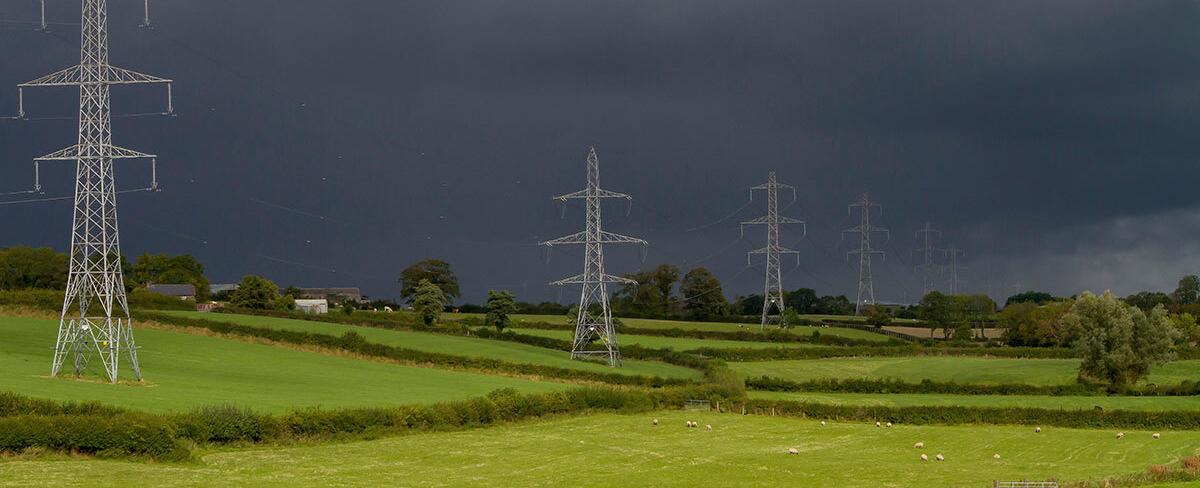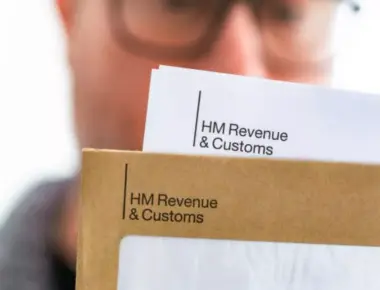
Electricity Levy in Ireland 2025 — PSO Reduction & Impact
Electricity Levy in Ireland — The Complete Guide (PSO, Reduction, Impact)
The electricity levy in Ireland — commonly called the Public Service Obligation (PSO) levy — is an ongoing charge on electricity bills that helps fund Ireland’s energy policy goals, especially support for renewable electricity and social energy measures.
In 2025, the regulator announced a reduction in the PSO levy for both households and businesses, directly lowering monthly bills. This guide explains what the PSO levy is, why it exists, how it’s calculated, details of the 2025 reduction, and how it affects electricity consumers and the wider Irish economy.
🧭 Table of Contents
- What is the PSO Levy?
- Why Does the PSO Exist?
- How the PSO Levy is Calculated and Applied
- The 2025 PSO Reductions — Timeline & Numbers
- Why the PSO Fell in 2025
- Bill Impact Examples
- What the PSO Funds
- Who Decides the PSO and How
- Regulatory and Legal Framework
- How to Verify the PSO on Your Bill
- Ways to Reduce Your Electricity Bill
- Frequently Asked Questions
- Content Upgrades & SEO Tips
- Conclusion & Outlook
- Sources
1. What is the PSO Levy?
The Public Service Obligation (PSO) levy is a mandatory charge on all electricity customers in Ireland.
It funds government schemes that support renewable electricity generation and ensure energy security.
The levy appears as a line item on electricity bills and is collected through suppliers and ESB Networks, who forward the funds to the Commission for Regulation of Utilities (CRU) — the independent regulator that oversees energy policy implementation.
The PSO is distinct from other bill components like VAT, network tariffs, or supplier margins — it’s purely a policy-support mechanism.
2. Why Does the PSO Exist?
The PSO exists to bridge the gap between market prices and the costs of electricity generation that align with public policy goals.
Policy Aims:
- Support renewable energy projects like wind, solar, and hydro.
- Maintain security of supply in times of market volatility.
- Fund social and rural support schemes.
- Drive Ireland’s net-zero and climate action goals under EU directives.
Beneficiaries:
- Renewable energy producers (wind, solar, hydro).
- Legacy power plants under Refit contracts.
- Consumers indirectly benefit through cleaner energy and reduced import reliance.
3. How the PSO Levy is Calculated and Applied
The CRU determines the PSO amount every year based on the total funding requirement of approved schemes.
🔹 Domestic Customers
- Charged as a fixed monthly fee, regardless of usage.
- As of October 2025, the PSO levy for households was €2.01/month (excl. VAT).
- From December 2025, it dropped to €1.46/month (excl. VAT) — roughly €19.10 per year incl. VAT.
🔹 Business Customers
- Charged based on banded usage tiers.
- Small and medium enterprises (SMEs) saw larger absolute reductions (up to €5 per month).
- The charge varies by consumption level and connection type.
The CRU publishes the exact rates each year in its PSO Decision Paper.
4. The 2025 PSO Reductions — Timeline & Numbers
📆 Timeline
- 1 October 2025 — New PSO rates took effect for 2025/26.
- 1 December 2025 — The CRU announced a further reduction, lowering monthly household PSO charges again.
💶 Numbers at a Glance
| Customer Type | Oct 2025 (€/month, excl. VAT) | Dec 2025 (€/month, excl. VAT) | Annual (€ incl. VAT) |
|---|---|---|---|
| Domestic | 2.01 | 1.46 | 19.10 |
| Small Business | 3.90 | 3.10 | 40.00 (approx.) |
📉 Key Takeaway
The 2025 reduction cut the PSO by roughly 38–55%, depending on customer type and consumption.
5. Why the PSO Fell in 2025
Several economic and policy factors caused the PSO reduction:
- Higher wholesale electricity prices reduced the subsidy gap for renewables.
- Contract expirations under older REFIT schemes lowered funding needs.
- Renewable market integration — newer RESS auctions are more competitive and cost-effective.
- Policy recalibration by the CRU and the Department of Environment.
- Inflation adjustments and improved revenue forecasts.
Essentially, as renewable energy became more self-sustaining, the PSO burden on consumers decreased.
6. Bill Impact Examples
Let’s look at what the 2025 PSO reduction means for typical customers.
🏠 Domestic Household
| Period | Monthly PSO | Annual PSO | Savings |
|---|---|---|---|
| Pre-Oct 2025 | €2.01 | €26.29 | — |
| From Dec 2025 | €1.46 | €19.10 | €7.19 saved/year |
🏢 Small Business
| Period | Monthly PSO | Annual PSO | Savings |
|---|---|---|---|
| Pre-Oct 2025 | €3.90 | €51.48 | — |
| From Dec 2025 | €3.10 | €40.00 | €11.48 saved/year |
These savings, while modest, combine with government energy credits to reduce overall electricity expenses.
7. What the PSO Funds
The PSO supports a range of national electricity programs:
| Scheme | Description | Status |
|---|---|---|
| REFIT (Renewable Energy Feed-In Tariff) | Legacy scheme guaranteeing minimum prices for renewable generators. | Ongoing (phasing out) |
| RESS (Renewable Electricity Support Scheme) | Competitive auctions for new renewable projects. | Active |
| Peat & Security Supports | Ensures backup supply and grid stability. | Limited |
| Other Government Schemes | Targeted supports for vulnerable consumers or isolated communities. | Active |
Over time, REFIT will phase out and RESS will dominate, making the PSO more efficient and market-aligned.
8. Who Decides the PSO and How
The CRU (Commission for Regulation of Utilities) determines the PSO annually.
Decision Process:
- Data collection from energy suppliers and renewable projects.
- Public consultation via a Proposed Decision Paper.
- Final Decision Paper — sets levy amounts for each customer type.
- Implementation — suppliers apply the levy uniformly from 1 October each year.
The CRU’s process is transparent and open to industry and public feedback.
9. Regulatory and Legal Framework
The PSO levy is grounded in Irish statutory instruments under the Electricity Regulation Act.
Legal Instruments:
- S.I. No. 217 of 2002 — Electricity Regulation (PSO) Order.
- S.I. No. 376 of 2022 — Amendments reflecting renewable support mechanisms.
- CRU Annual Decision Papers — operationalize the legal framework.
You can view the current legal basis on the Irish Statute Book or the CRU’s website.
10. How to Verify the PSO on Your Bill
Steps:
- Check your bill — look under “Levies and Charges” for a line labeled PSO.
- Compare with CRU rates — ensure the amount aligns with the published rate for your customer class.
- Ask your supplier — Electric Ireland, Bord Gáis, and others provide breakdowns.
- Review official CRU tables — updated annually.
11. Ways to Reduce Your Electricity Bill
Even with PSO reductions, other components still drive your bill. Here are practical ways to cut costs:
💡 Energy Efficiency
- Upgrade insulation, windows, and lighting.
- Use energy-efficient appliances and smart thermostats.
🔄 Switch Suppliers
- Use comparison tools like Switcher.ie or Bonkers.ie to find cheaper tariffs.
- Consider fixed-rate plans during volatile markets.
☀️ Renewable Options
- Install rooftop solar or join community energy projects.
- Explore battery storage to offset peak-time rates.
🕒 Smart Metering
- Optimize consumption during off-peak hours.
- Monitor energy use in real time.
12. Frequently Asked Questions
❓ What does PSO stand for?
Public Service Obligation — a levy funding Ireland’s energy policy supports.
❓ Who pays the PSO?
All electricity customers — domestic and business — contribute through their bills.
❓ Has the PSO been reduced in 2025?
Yes. The CRU reduced the levy from €2.01/month to €1.46/month for households starting December 2025.
❓ Does the PSO vary by supplier?
No. It’s uniform across all electricity providers.
❓ Will the PSO keep falling?
That depends on market prices and future renewable support needs. The CRU reviews it annually.
Share
Related Posts

![HMRC and the UK State Pension Tax [Everything You Need to Know]](/static/2da552f3d27fbf43d2175b17c15d239d/144fe/hmrc.jpg)
Quick Links



![Types of Bonds in the United Kingdom [A Comprehensive Guide Covering England, Wales, Scotland, and Northern Ireland ]](/static/786e60f27f5a174ee0b4295e559b0e01/144fe/im.jpg)
